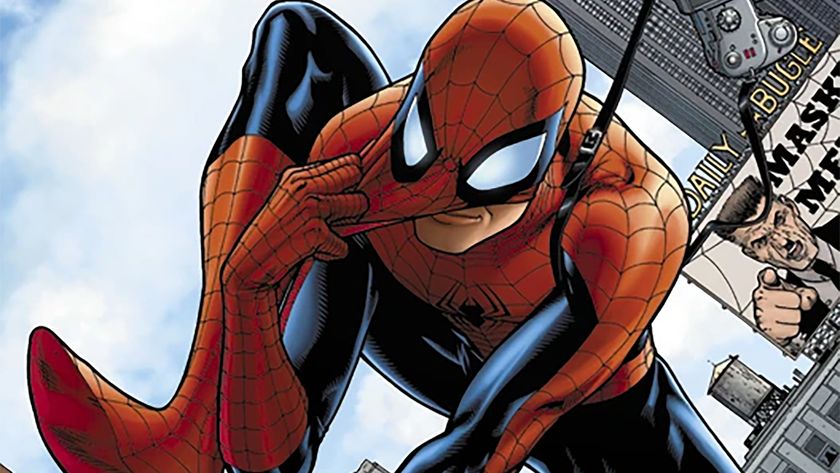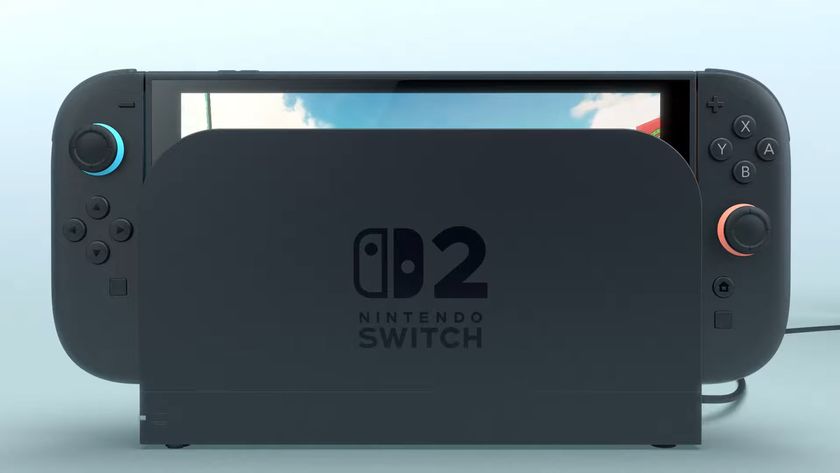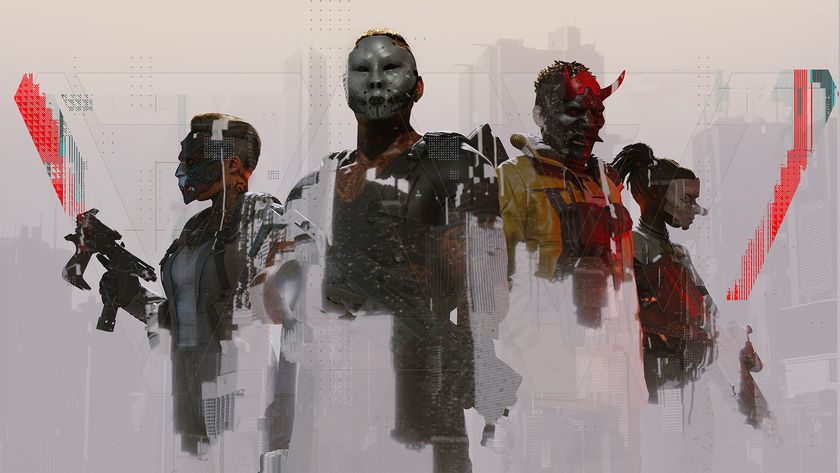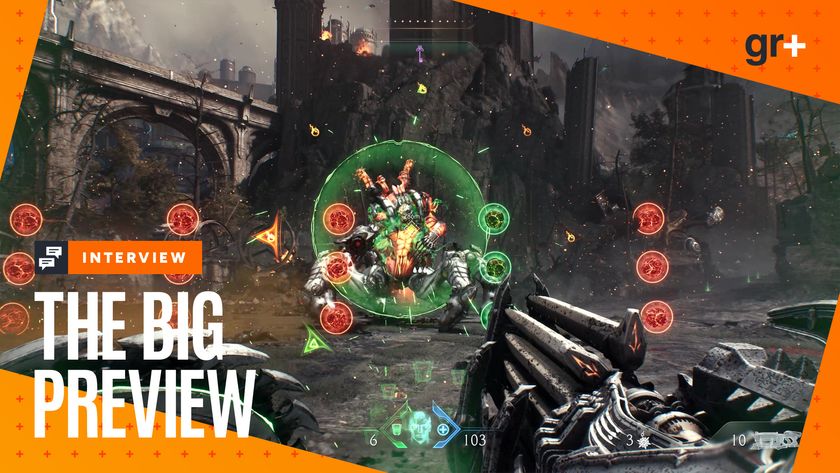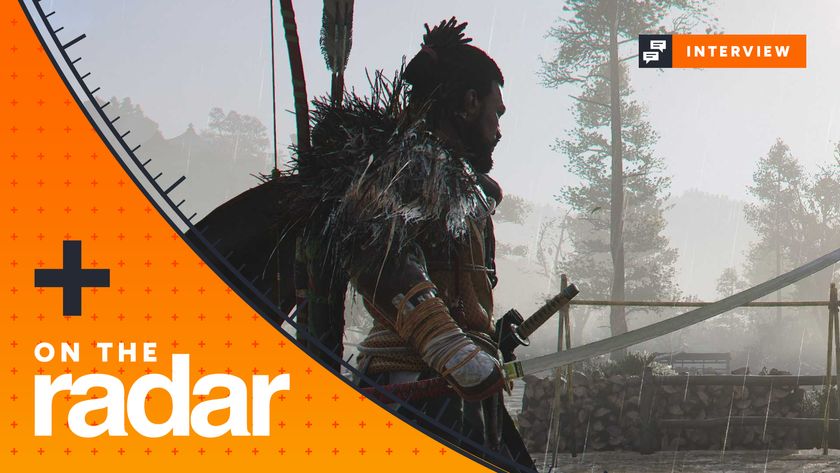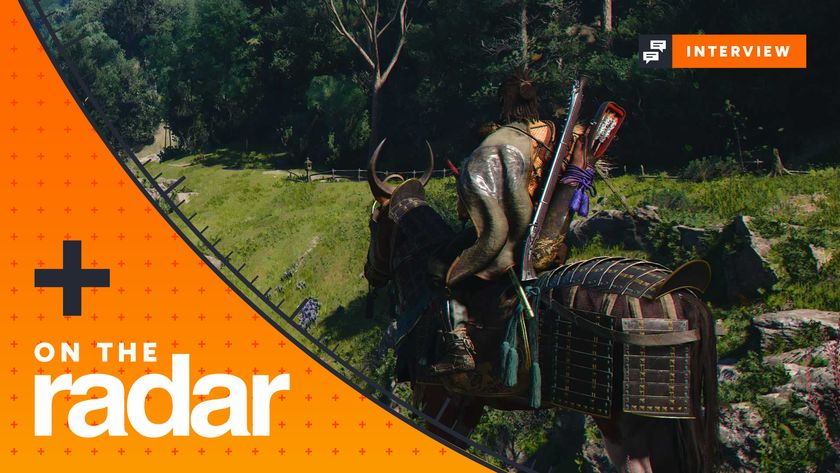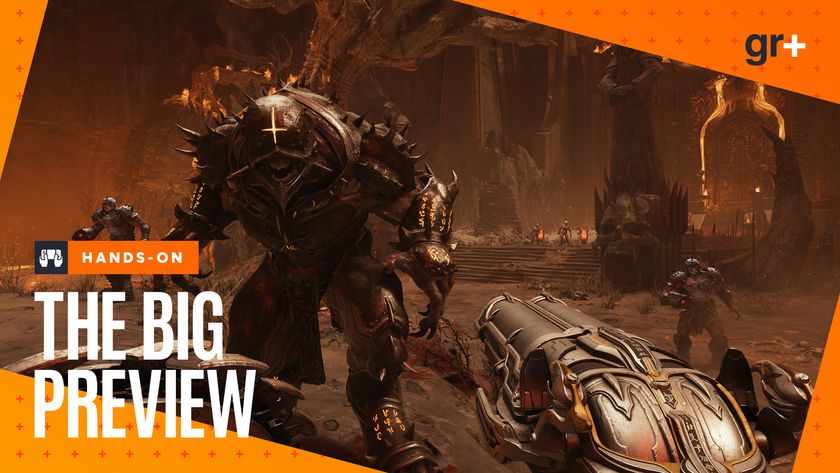Google Stadia bandwidth requirements - what kind of connection will you need to stream games?
Now that we've got some concrete details, just how fast does your internet need to be for Stadia?
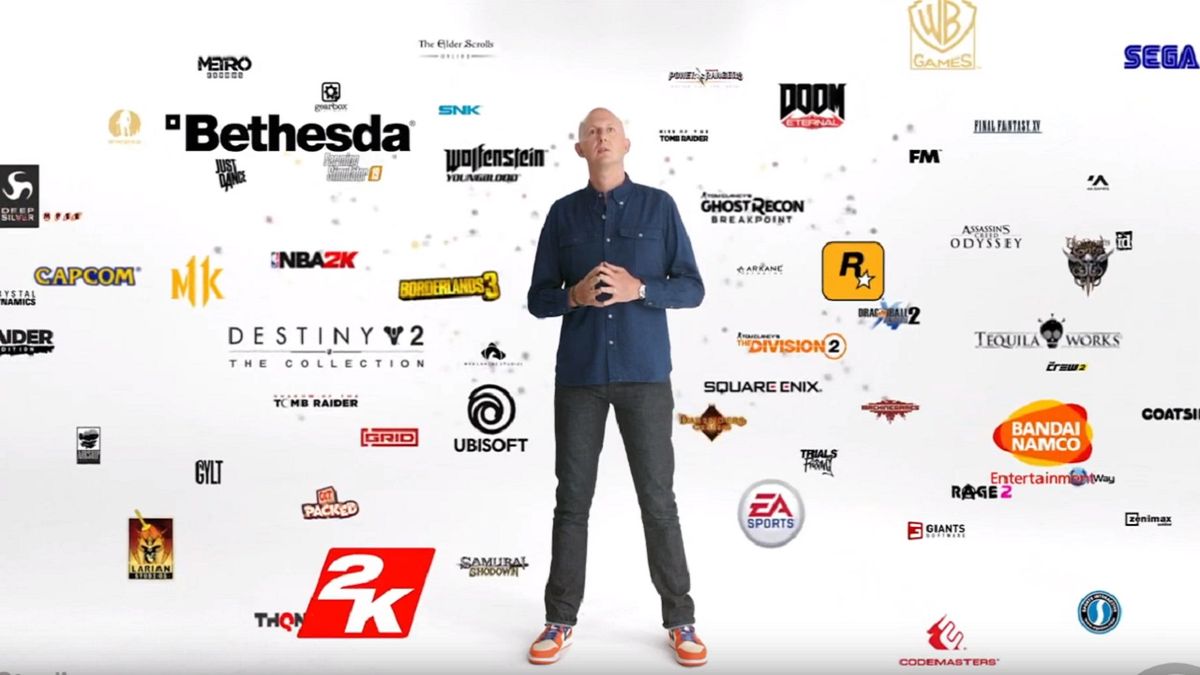
In today's surprisingly comprehensive livestream we were finally treated to some concrete details about Google Stadia bandwidth requirements, as well as the service's library, pricing, and features. Amongst this massive info dump were also some key tidbits about recommended specs for higher resolution, fully featured streaming capable of delivering extras like HDR and high frame rates. So how fast does your internet need to be for Stadia?
The topline breakdown is that you'll need at least a 10 Mbps connection to use Stadia at even the lowest tier, and at least 35 Mbps to stream in 4K at 60 FPS, with HDR enabled. Before we dive into specifics, let's start by clearing up a fairly common point of confusion.
Internet service providers (ISPs) love to market their home internet packages in terms of megabits per second (Mbps), the maximum speeds you can expect to see broken out into download and upload numbers. By contrast, the size of files and apps and video games are almost exclusively measured in megabytes (or gigabytes, or terabytes), and the download speeds you see reported in Steam or PSN when you're pulling down a new game are almost always in megabytes per second (MB/s).
One megabyte is eight megabits; ISPs prefer megabits, because it lets them use inflated numbers in their ads (100 Mbps looks a lot better than 12.5 MB/s, even though they're referencing the same amount of data). Streaming platforms often use megabits per second as well, assuming most consumers will be more familiar with the bandwidth numbers they're being sold in ISP marketing. But if you've got a 40 Mbps connection and are expecting to grab the new 40 GB Call of Duty expansion in 100 seconds, you're going to be disappointed – it'll take roughly eight times longer, and only if you're maxing out your bandwidth consistently during the entire download.
Stadia will be broadly, but not universally, accessible
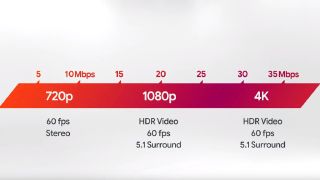
When Google was testing the waters with Project Stream, they originally suggested that the bare minimum speed requirement for using what would become Stadia would be 25 Mbps download, which is just over 3 MB/s. Today, however, they shifted that requirement down significantly to 10 Mbps, or a paltry .375 MB/s, though at reduced speeds you'll also see a significant dip in quality.
During today's presentation, Phil Harrison confirmed that 10 Mbps will get you 720p video (the resolution at which most Xbox 360 and PS3 games ran) at 60 FPS, with no HDR. To get up to 1080p you'll need at least a 20 Mbps connection, which includes HDR. For 4K, 35 Mbps or more is recommended.
For the vast majority of Stadia's intended audience, 10 Mbps is a pretty achievable target. According to data from Speedtest.net, the average internet speed in Q2-Q3 2018 in the US was 96.25 Mbps, plenty of pipe for even the 25 Mbps Stadia was initially reported to require. However, those numbers are grossly inflated by dense metropolitan areas where FiOS gigabit internet is becoming increasingly common (1,000 Mbps, or 125 MB/s).
Sign up to the 12DOVE Newsletter
Weekly digests, tales from the communities you love, and more
Unfortunately, for gamers in the UK, that average number is nearly half of the US result – at 46.2 Mbps according to a Trusted Reviews report from July of last year. As is the case in the US (though to a less dramatic extent purely because of geographic scale), the same report indicates that rural areas in the UK average almost half again of that number, all the way down to 18.3 Mbps.
It may sound crazy to many of you in 2019, but there are still vast swaths of rural countryside where internet isn't widely available, or where consumers have to rely on shoddy, overpriced, data capped satellite internet. There are parts of my hometown where traditional ISPs provide no coverage of any kind and customers have to rely on using their cell phones as hotspots (which are often as restrictive in terms of coverage and data caps), or resort to paying through the teeth for a satellite solution.
While most satellite packages offer at least 25 Mbps of bandwidth, once you've exceeded your cap they throttle your speeds punishingly, often far below that 10 Mbps baseline. HughesNet, for instance, the satellite company that primarily services my hometown, offers packages that start at $49.99 a month, but at that price you get a pitiful 10GB of uncapped speed before they start throttling you; the $149.99 package only offers 50 uncapped gigs.
For reference, streaming 4K video utilizes about 7GB an hour, while Bungie has said on record that playing the original Destiny on a console or PC consumes around 1 GB an hour. That's supported by gigs and gigs of local data, however; streaming the entire game from a remote data center will cost much, much more in terms of data usage towards any tyrannical broadband cap.
TL;DR - if you live in a big city and have a decent internet connection, Google says Stadia will run just fine. If you live out in the country or in a place generally underserved in terms of internet speeds, Stadia may not be for you. It requires about double the bandwidth of what Netflix suggests for streaming movies and TV in HD.
What about latency?
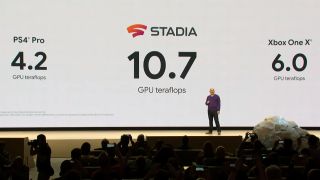
For gaming, response time is absolutely crucial. That's why you see so many laptop, peripheral, and monitor manufacturers touting their response times, bragging about the milliseconds they've shaved off in comparison to the competition. While a lot of this is marketing hyperbole, for a streaming service like Stadia low latency and imperceptible lag is a make or break proposition.
In 1968, Robert Miller published a paper called Response time in man-computer conversational transactions that indicated that any response time of 100 milliseconds or less was perceived as immediate. However, we're actually able to perceive our environment in 13ms increments, and any additional latency beyond that 13ms barrier can degrade performance – you may squeeze the trigger on a perfectly aligned headshot and miss because the controller didn't deliver the input in time, or the monitor wasn't displaying the most current image.
In lieu of specifics regarding Stadia's latency, Harrison mentioned during today's presentation that Stadia would be able to respond to players faster than their eyes could perceive the responses. Assuming Google's math is right, this would indicate a sub-13ms latency, which would be a pretty astounding accomplishment for a streaming platform as ambitious as Stadia; most online games delivered across a fairly robust internet connection target 50-100ms of latency, and lag isn't really noticeable until around the 150ms mark except in the most demanding scenarios (competitive fighting game players are notoriously sensitive to high latency).
Part of how Stadia will be able to hit these lofty targets will be enabled by a direct connection between Stadia's (optional) proprietary controller, which Harrison suggested will connect directly to Google's data centers to reduce input lag. However, some key questions remain unanswered. Will latency increase across slower connections, despite delivering less data? And will the lowest recommended bandwidth for each resolution tier be able to consistently deliver a lag-free experience, or is Google low-balling the numbers to appeal to as many consumers as possible? It remains to be seen, but indications from early hands-on impressions leave me cautiously optimistic.
Alan Bradley was once a Hardware Writer for GamesRadar and PC Gamer, specialising in PC hardware. But, Alan is now a freelance journalist. He has bylines at Rolling Stone, Gamasutra, Variety, and more.
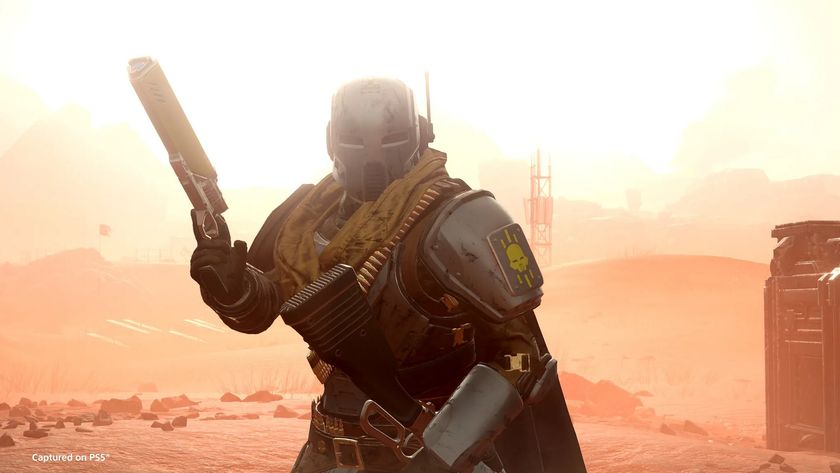
"Games that get 19% user score do not generally recover": Helldivers 2 CEO reflects on Arrowhead's "summer of pain" and No Man's Sky-inspired redemption arc

Not for the first time, workers at Fallout, Doom, and The Elder Scrolls parent ZeniMax threaten strike at Microsoft: "Paying your employees a livable wage as a multi-trillion dollar company is the least they could be doing"


